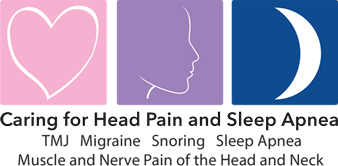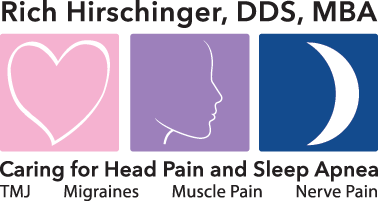

Diplomate American Board of Orofacial Pain
9615 Brighton Way, Suite 323
Beverly Hills, CA 90210
888.981.8981
History of Myofascial Pain
More About Myofascial Pain
Myofascial pain was recognized more than a century ago, yet it is still an under recognized and under treated condition today.
In 1904, Sir William Gowers identified and defined the localized muscular pain condition, known today as myofascial pain, calling it "fibrositis." The term refers to the points of palpable hardness within the muscle, which Sir Gowers associated with inflamed muscle fibers. While the theory was later dismissed because of a lack of physical proof from biopsy data, in the late 1930's Dr. John Kellgren demonstrated physical evidence that pain symptoms were originating from deep connective tissue structures.
Dr. Fred Albee first introduced a reference to "myofasciitis" in 1927, though it did not gain widespread adoption within the medical community. Then, in 1939, Dr. Arthur Sneindler published a paper on biomechanical studies and low back pain that introduced the terms "myofascial pain" and "trigger point" into the medical literature.
Dr. Janet Travell in 1942 used the term "trigger point" to describe the hyperirritable spots which can be felt as nodules in taut bands of muscle tissue. Pain caused by touching and pressure on the trigger point was recognized to radiate from the point of origin to a noticeable pattern, stereotypic to each individual. It was during this year that Dr. Travell also published a paper outlining diagnostic criteria and treatment protocols, which became the underlying foundation for treatment of myofascial pain today. In a work co-published by Dr. Travell and Dr. David Simons, all trigger points and the associated zones of radiating pain are mapped in nearly every muscle of the body.
Dr. Travell is one of the most recognized figures in the advancement of myofascial pain recognition and modern day treatment because along with her academic contributions, in 1955 she relieved John F. Kennedy, then a senator, of disabling back pain using her trigger point management therapies. She was later appointed White House physician during the presidencies of JFK and Lyndon B. Johnson, making her the first female personal physician to the President.






